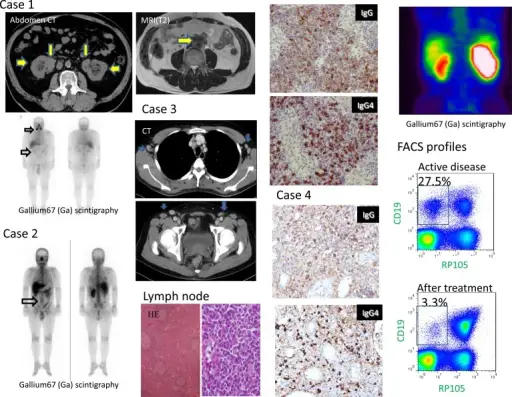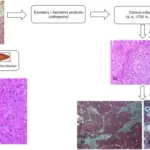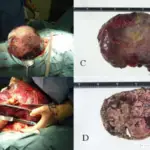Sclerosing retroperitonitis are fibrotic lesions of soft tissue that simulate clinically certain types of malignant neoplasms. The medical history of a patient having either of these diseases is that of a patient having a malignant disorder.
What is the Pathology of Sclerosing Retroperitonitis?
The pathology of sclerosing retroperitonitis is:
-Etiology: The cause of sclerosing retroperitonitis are kidney infections, abscesses, and stones.
-Genes involved: None.
-Pathogenesis: The sequence of events that lead to sclerosing retroperitonitis were not exactly known.
-Histology: The histology associated with sclerosing retroperitonitis shows obliterative phlebitis, fat necrosis.
How does Sclerosing Retroperitonitis Present?
Patients with sclerosing retroperitonitis typically are all genders of all ages.The symptoms, features, and clinical findings associated with sclerosing retroperitonitis include abdominal pain, pain in nearby areas such as the back or scrotum, circulation problems in the legs, which can cause pain and skin discolouration.
How is Sclerosing Retroperitonitis Diagnosed?
Sclerosing retroperitonitis is diagnosed by CT or MRI scans.
How is Sclerosing Retroperitonitis Treated?
Sclerosing retroperitonitis is treated by anti-inflammatory medications, or surgery.
What is the Prognosis of Sclerosing Retroperitonitis?
The prognosis of sclerosing retroperitonitis is poor. Most patients have an average survival of approximately 3-6 months.



